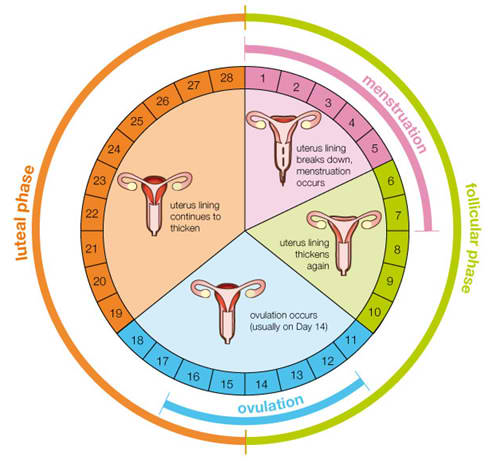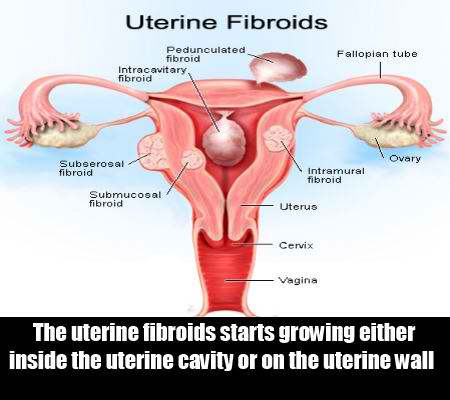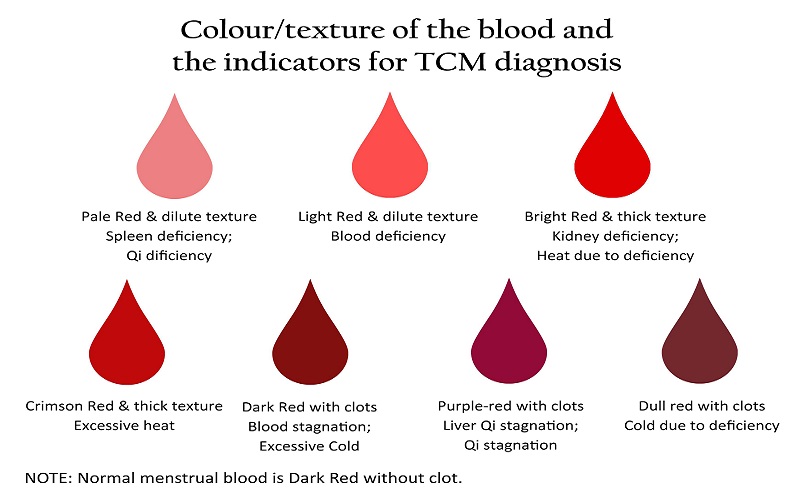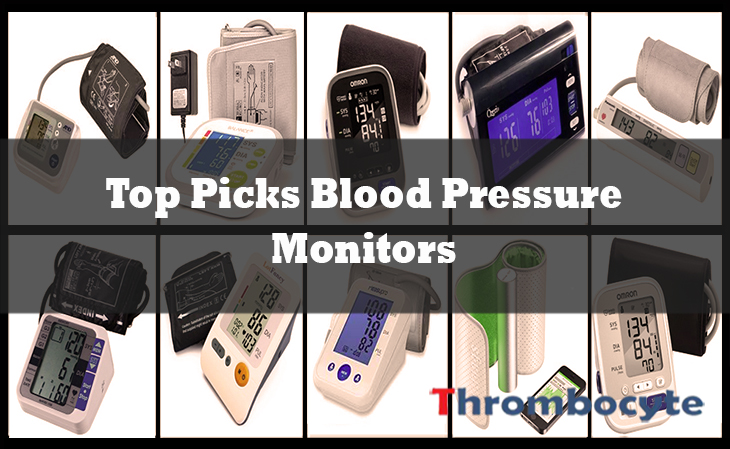During the menstrual cycle, the lining of the uterus thickens in order to get ready for fertilization. During menstruation, the body sheds off the uterus lining along with some blood contents. The amount of blood and uterus lining being taken out is normally between 4 and 12 teaspoons for every menstrual cycle.
The variation of color in menstrual blood may be considered perfectly normal. However, menstrual blood with changes in both color and thickness may suggest the presence of blood clots.
The average menstrual cycle goes for 28 days, though for some women the cycles may be as short as 21 days. In some cases, though rare, the menstrual cycle can be as long as more than 35 days. Normal periods will run for two to seven days with an average duration of three to five days. Read about causes of irregular menstrual periods.
The body has a mechanism to prevent blood clots during menstruation. It releases anticoagulants that are meant to keep menstrual period blood from clotting when released.
In cases of heavier and abnormal menstrual periods, blood is rapidly expelled, giving anticoagulants no time to work on the blood prior to release. These situations result in the presence of menstrual period blood clots. Learn how to eliminate menstrual migraine.
This makes it clear that blood clots in menstrual blood aren’t always a completely dangerous situation as it may simply result from much menstrual blood content. However, suspicions will require the attention of a medical doctor to determine the underlying cause of excessive blood, as well as the source of any present blood clots. Further discussed below are facts about menstrual period blood clots.
Menstrual Period Blood Clots
There are several vital factors and reasons behind menstrual clots that shouldn’t be ignored. The most common of them are detailed below.
1. Blood clots are shed during the heaviest days of menstruation
Menstrual period blood clots are normally shed during the heavy days of menstruation.
This happens because the blood clots require some pressure to be moved out of the body. The need for more blood will be essential to generate more pressure.
Multiple clots in the flow makes menstrual blood seem thicker and denser than usual.

2. Thicker and denser menstrual blood indicates menstrual period blood clots
The presence of blood clots in menstrual blood is a common occurrence in many women. The clots are likely to be bright red or dark in color. It ends up in the menstrual blood when the blood is brought along to be released with the uterus lining fluid following fertilization that failed to happen.
Menstrual blood may become dark brown or almost black in color as the individual nears the end of her period. This should be considered a normal color change unless accompanied by unlikely signs.
Menstrual period blood clots also normally takes place when the blood is considerably old. Temporary thick and heavy menstrual flow is not a usual cause of concern.
However, situations that display unlikely changes recurrently, will justify the need to see a doctor for further examination and undergo a check on blood counts. Regular heavy periods can result to anemia due to excess in blood loss.
3. The presence of fibroids can cause blood clots in menstrual blood
Uterine fibroids are non-cancerous tumors forming in the uterus. They do not always display clear symptoms where most women with the problem show no symptoms at all.
However, a women with fibroids may notice greater amounts of menstrual blood with present clots in them. Learn how to permanently get rid of uterine fibroids naturally.

4. Blood clots in menstrual blood due to miscarriage
Women who have recently undergone miscarriages may release blood clots or sometimes clumps of tissue that are usually grey in color.
When suspected in a person who is pregnant where the said clumps of grey tissue are visible, the attention of medical doctors is necessary to ascertain the cause of the problem.
However, cases of light bleeding or spots of blood during pregnancy are not unlikely.
5. Hormonal changes in relation to menstrual period blood clots
The body depends on the balance of progesterone and estrogen to regulate the formation and shedding of the uterine lining.
Any disturbance to the balance results in the development of an excessively thick uterine lining that will lead to more bleeding. This can cause blood clots in the menstrual blood.
Hormonal changes can also happen due to menopause, a recent dramatic change in weight, and the effects of certain medications like steroids.
6. Enlarged uterus and menstrual blood clots
Stretched uterus walls during pregnancy that fail to return to original size can lead to the development of blood clots.
The enlarged uterus gives the menstrual blood more than enough time to clot before being released out of the body.
7. Obstruction of menstrual blood
Any obstructions that blocks the free flow of menstrual blood from the uterus, to the cervix, and out of the vagina can result to the formation of blood clots. This also causes changes in blood color as well as thickness of the menstrual blood.
Such hindrance also include menopause, which slows down the flow of blood by reducing the size of the cervical canal.
8. Adenomyosis and menstrual blood clots
Adenomyosis is a medical condition that occurs when the tissue of the uterine lining is in the wrong place. The tissue sometimes forms outside of the uterus where in some cases, the tissue grows in the uterine wall muscles.
The condition results in heavy flows, increasing the likelihood of menstrual blood clots.
9. Diagnosis of blood clots in the menstrual blood
A variety of blood tests are usually conducted to determine the cause of menstrual period blood clots. The type of symptoms displayed can help determine the mode of diagnosis to use.
Tests may include vaginal ultrasound that uses sound waves to take pictures of the internal aspects of the vagina and uterus to detect any possible abnormalities.
MRI is a non-invasive procedure which provides images of any possible growths such as fibroids, a possible cause of menstrual blood clots.
The doctor may also use blood work procedures with the purpose of determining whether the blood is clotting correctly. This test also helps ensure the patient is not suffering from anemia.
Another significant test is biopsy, a procedure that involves taking small tissue samples from the lining of the uterus for medical analysis.
10. Symptoms of blood clot in the menstrual blood
Menstrual blood clots are not considerably a rare condition. Its presence also signifies the discharge of wastes from the body.
Sometimes, it can be associated with frequent bleeding that occurs between periods. However, it is important to note that too much blood in menstruation, a situation that may be associated to a certain underlying condition, can lead to anemia.
Symptoms that may accompany the presence of menstrual period blood clots include fatigue despite regular daily normal activities, light-headedness, a pale complexion, pale fingernail beds, and irregular periods.
- READ MORE





Hi,
Is this something that happens to women who don’t eat healthy?
Thank you